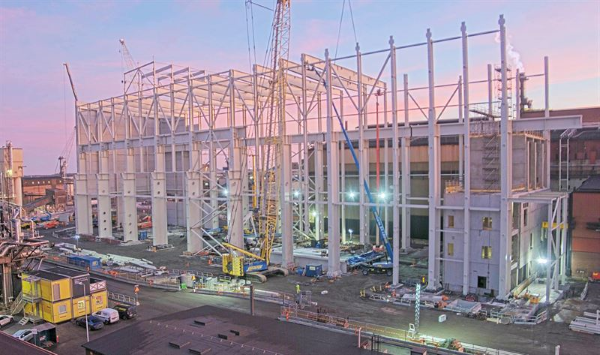Swedish specialty steel producer SSAB has posted its financial results for the third quarter and the first nine months of this year.
In the given quarter, the company reported a net profit of SEK 1.49 billion ($158.48 million), compared to a net profit of SEK 1.05 billion in the corresponding period of last year, mainly driven by a stronger development in SSAB’s Americas operations, and a net profit of SEK 1.85 billion in the second quarter, while its sales revenues amounted to SEK 22.36 billion ($2.38 billion), decreasing by 10.4 percent quarter on quarter amid lower shipments and down by 5.8 percent year on year. In addition, SSAB’s operating profit for the third quarter amounted to SEK 1.87 billion ($198.93 million), compared to an operating profit of SEK 2.14 billion recorded in the second quarter this year, primarily due to seasonally lower shipments and planned annual maintenance, and an operating profit of SEK 1.25 billion in the third quarter of 2024, mainly thanks to lower raw material prices.

In the January-September period this year, the company’s net profit came to SEK 4.74 billion ($504.23 million), compared to a net profit of SEK 6.04 billion in the same period of last year, while its sales revenues totaled SEK 74.11 billion ($7.88 billion), moving down by 7.1 percent year on year. Also, SSAB’s operating profit in the first nine months dropped to SEK 5.36 billion ($570.33 million) from an operating profit of SEK 7.37 billion in the same period of 2024.
Regarding the conversion of the steel mill in Oxelösund with the construction of the new electric arc furnace, SSAB stated that the first commissioning has been put off to early 2027, as the construction of the power line being built by Vattenfall Eldistribution has fallen slightly behind the original plan.
The company also addressed the conditions in the European steel market in the third quarter, stating that the market was cautious due to seasonality and the turbulence triggered by tariffs and trade barriers continued to have a negative effect. Also, market prices for strip continued falling to a very low level during the beginning of the quarter before recovering somewhat. Heavy plate prices were stable at a relatively low level. Inventory levels at distributors were estimated to be normal. Some production capacity in Europe was temporarily idled during the quarter, partly due to maintenance. Import volumes continue to be significant and in many cases with very low selling prices.